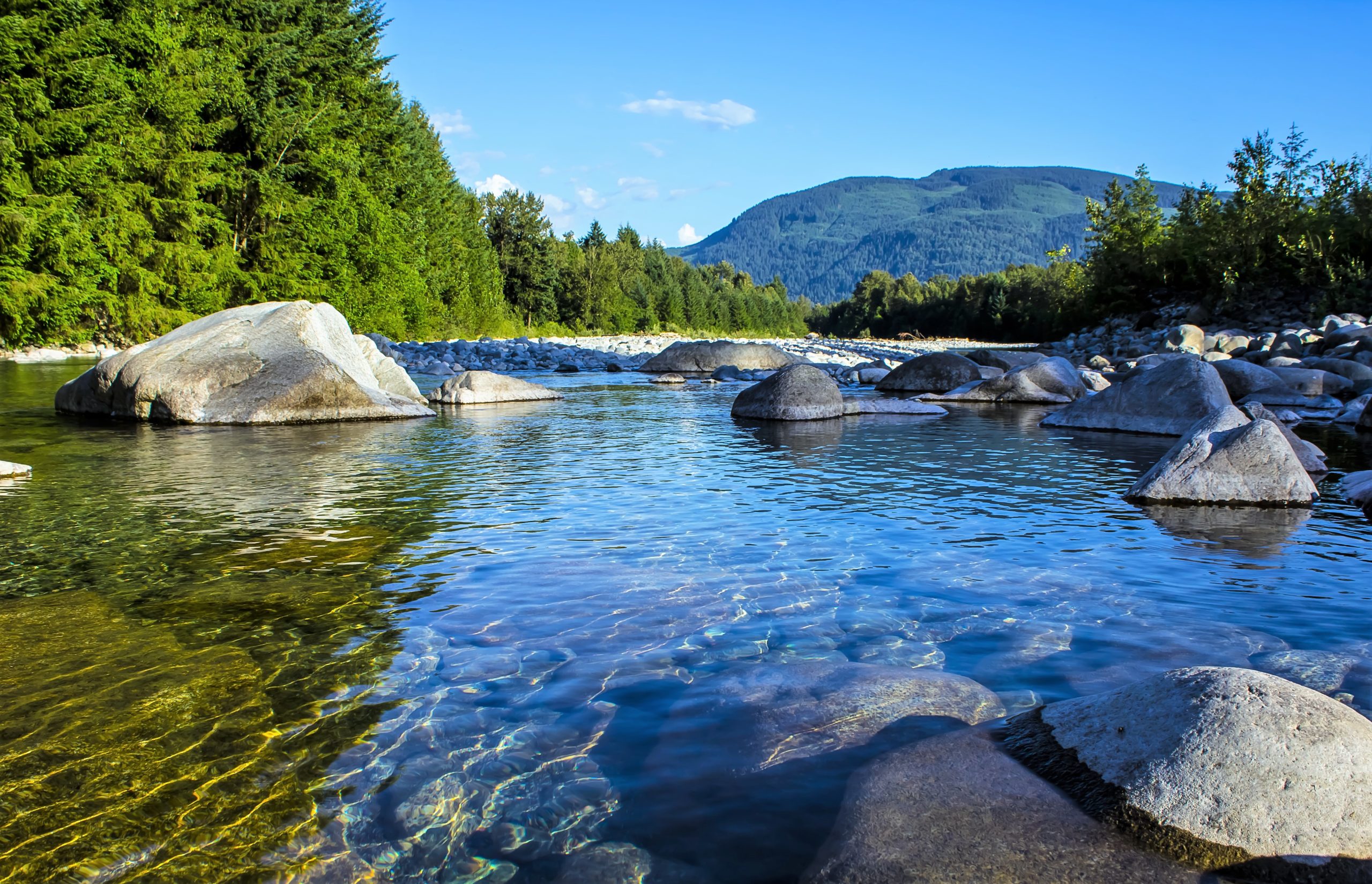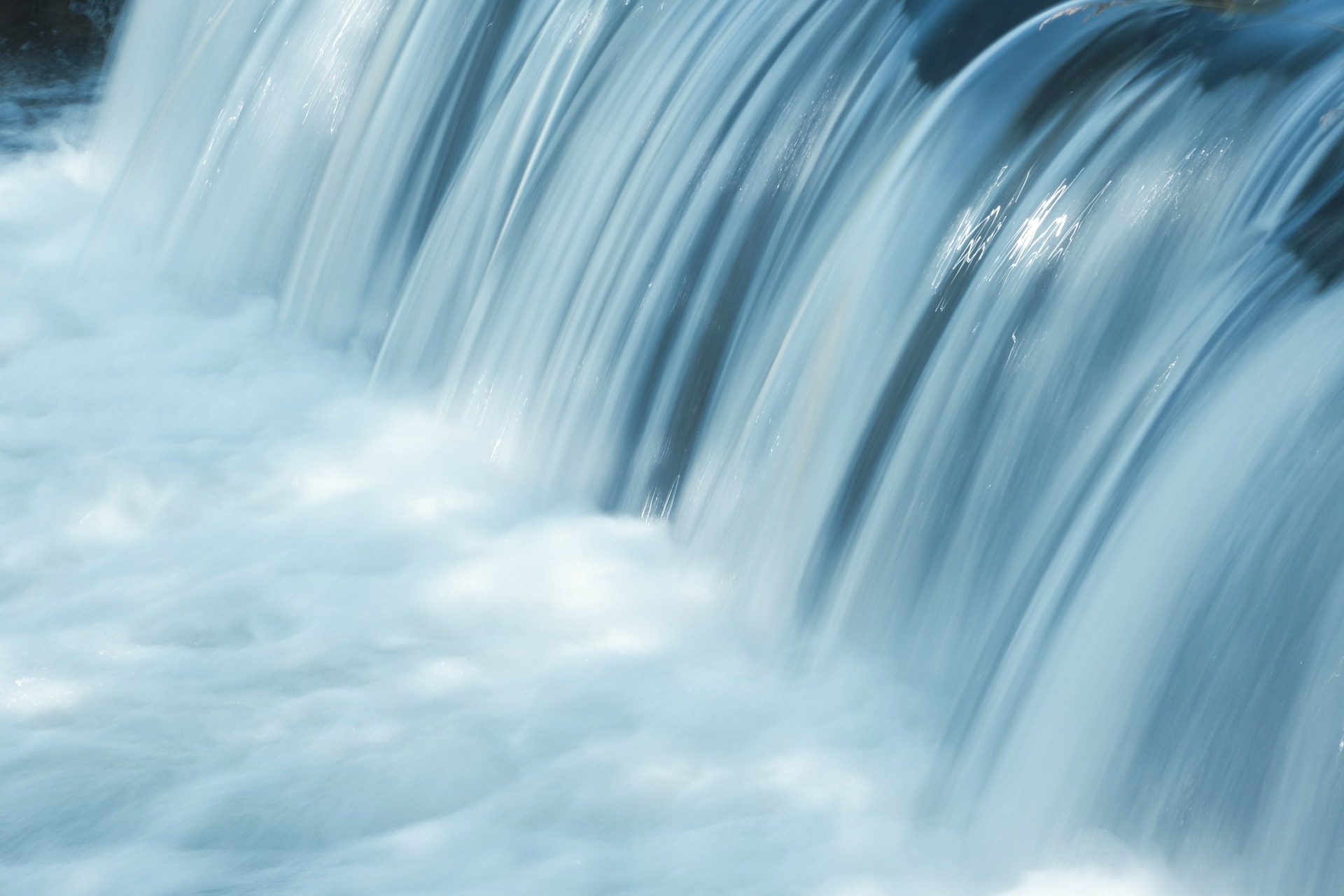
If you’ve been paying attention to The Water Council lately, you’ve probably heard the term “water stewardship” a lot. In fact, it’s a core part of our mission to solve global water challenges by driving freshwater innovation and advancing water stewardship. The importance of stewardship has been growing as more people realize the urgency of solving water crises, such as water scarcity, flooding and poor water quality, happening around the world.
What do you think of when you hear the word stewardship? The word often carries a connotation of things like saving the forests and protecting ecological habitats.
While there is an ethical component to stewardship, the definition of stewardship implies action – “conducting, supervising, or managing something.” That something can be anything from public lands to your weekly book club to natural resources like water.
So, back to the basics.
What is water stewardship specifically and how does it apply to businesses? The most widely used definition of water stewardship is the use of water that is socially and culturally equitable, environmentally sustainable and economically beneficial, achieved through a stakeholder-inclusive process that includes both site- and watershed-based actions. Basically, it’s the sustainable management of water achieved through a process that includes stakeholders as well as consideration of local watershed factors. It’s these two bolded points that take water stewardship beyond traditional management of water resources, and they are important for three reasons:
Water challenges and their corresponding risks to businesses are hyperlocal. A facility in water-abundant Milwaukee will have very different concerns from a facility in water-scarce Phoenix. Does it make sense for both facilities to implement the same strategies to address water? No. It’s important that these facilities consider and implement impactful actions that are informed by the context of the watershed and the operational aspects of each facility.
The company with operations in Milwaukee might face risks resulting from poor water quality and deteriorating infrastructure, while the company with operations in Phoenix might face water scarcity and changing regulations. The diversity of these challenges requires different responses that are informed by local context to be credible and impactful.
Water is shared resource with a multitude of diverse stakeholders. It’s unlikely that any single actor is solely responsible for a water-related challenge. It’s equally unlikely that any single actor will be able to solve it. Due to the locality and diversity of water challenges, a company must involve local stakeholders in the process in order to adequately understand the water-related risks it faces. Not only does this lead to a better understanding of local water risks, but it also presents opportunities to act collectively toward solutions.
What does all this mean for your business?
It’s time to move beyond broadly defined efficiency and conservation goals and targets. Water-related challenges and risks require context-based solutions. Investors, customers and employees are no longer satisfied with glossy reports but instead are increasingly expecting tangible action addressing water issues. As companies assess water-related risk across their value chain and direct water stewardship actions where the risk is highest, they are discovering that meaningful action transparently reported can lead to improvements of their overall operational and financial position. Companies need help assessing risk, crafting corporate strategies to address risk and drive continual improvement, and ensuring a credible corporate water stewardship policy informs actions from the board room to the shop floor.
The Water Council is assisting businesses on the entire spectrum of water stewardship work and can support businesses wherever they stand on their water stewardship journey. Contact us if you’d like to learn more about water stewardship and/or how we can help advance your water stewardship work.
Check out our Water Stewardship landing page to learn more.
